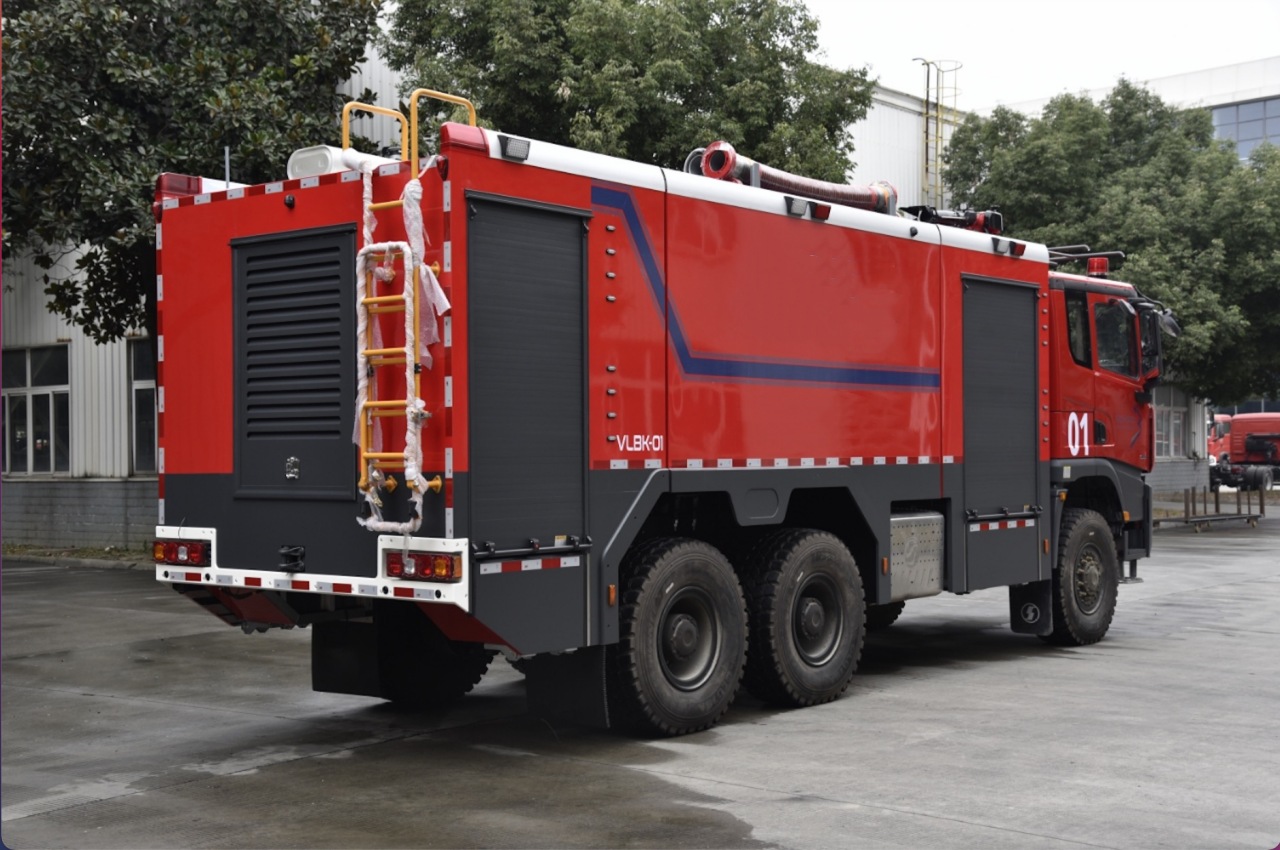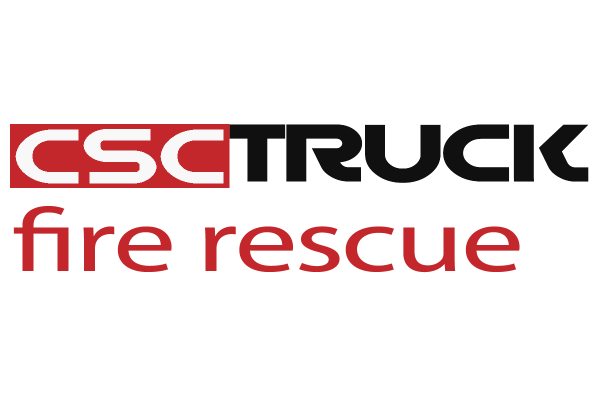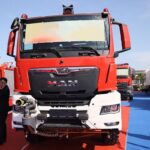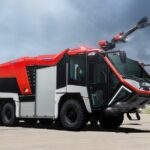Aircraft Rescue and Firefighting (ARFF) apparatuses are highly specialized emergency vehicles designed to respond to aviation-related incidents. Unlike traditional fire trucks, ARFF vehicles are engineered to handle aircraft fires, fuel spills, crash rescues, and other unique challenges presented by airport environments. These vehicles are equipped with powerful firefighting agents, high-mobility chassis, and advanced suppression systems to provide rapid response and effective fire control.
The Role of ARFF Apparatus in Aviation Safety
The primary function of an ARFF apparatus is to ensure the safety of passengers, crew members, and airport personnel by mitigating fire-related risks associated with aircraft operations. ARFF units are stationed at airports worldwide and are maintained according to strict aviation safety regulations. Their rapid response capabilities are critical in reducing damage and increasing survivability during aviation emergencies.
Key Responsibilities of ARFF Units:
- Fire Suppression: ARFF vehicles use water, foam, dry chemicals, and Halotron agents to control and extinguish fires.
- Rescue Operations: ARFF personnel perform extrication of trapped passengers and crew from crashed or burning aircraft.
- Fuel Spill Mitigation: Containment of aviation fuel leaks to prevent secondary fires or environmental contamination.
- Emergency Medical Assistance: ARFF personnel provide immediate first aid and support for injured individuals.
- Hazardous Materials (HazMat) Response: Handling of hazardous cargo and materials that may be present in aircraft incidents.
- Standby Operations: ARFF units remain on standby for aircraft experiencing mechanical difficulties, emergency landings, or fuel dumping.
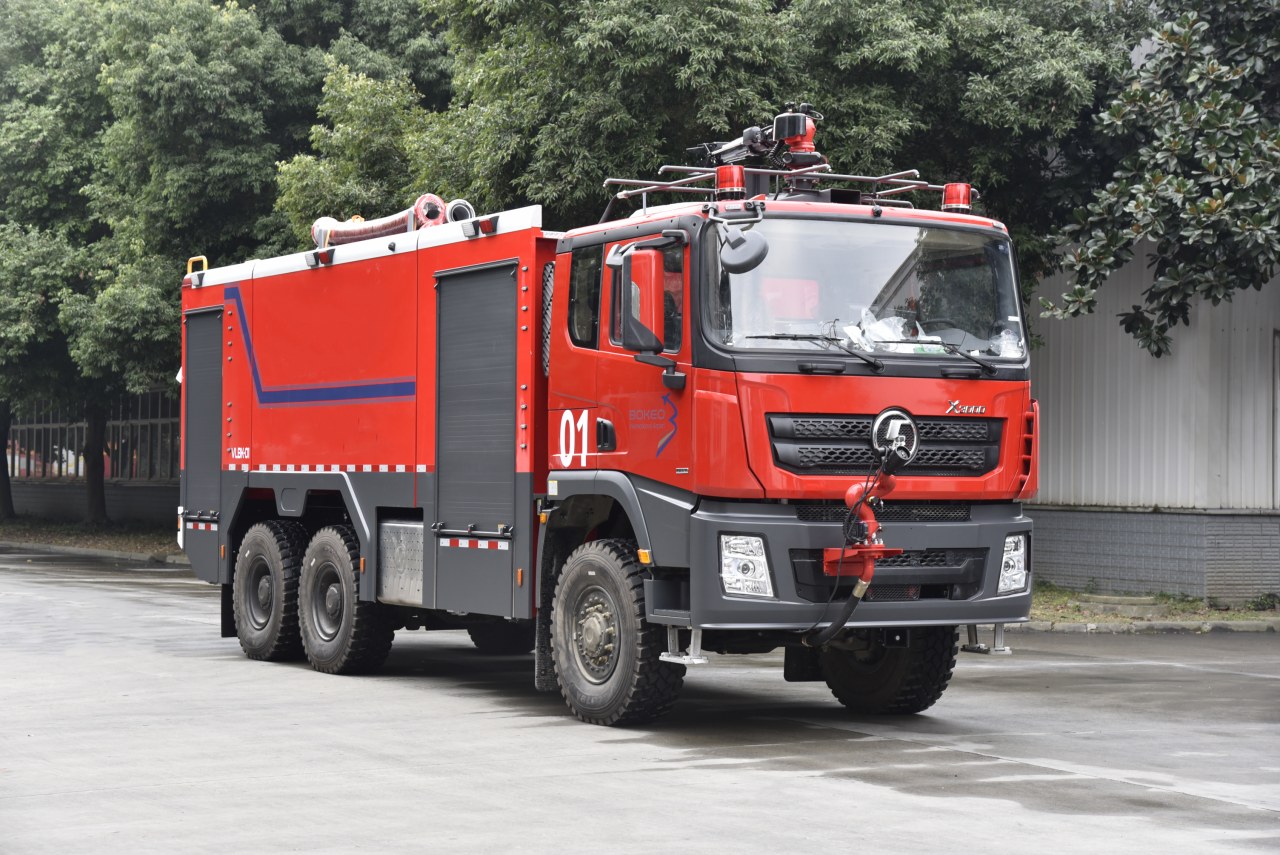
Design and Components of ARFF Vehicles
ARFF vehicles are built for extreme performance, enabling them to traverse airport terrain swiftly while carrying large amounts of firefighting agents. Their designs incorporate key features that distinguish them from municipal fire trucks.
1. Chassis and Mobility
- ARFF vehicles are commonly equipped with all-wheel-drive systems (4×4, 6×6, or 8×8 configurations) to operate on runways, grassy areas, and rough terrain.
- They feature high-speed capabilities, with some reaching speeds over 70 mph (113 km/h) for rapid deployment.
- Low-pressure tires provide excellent traction and minimize runway damage.
2. Fire Suppression Systems
- Water Tanks: Typically holding between 1,000 to 4,000 gallons (3,785 to 15,140 liters) of water.
- Foam Concentrate: ARFF vehicles use aqueous film-forming foam (AFFF) or fluorine-free foam (F3) to suppress fuel fires.
- Dry Chemical Agents: Sodium bicarbonate or potassium bicarbonate is used for quick suppression of fuel-based fires.
- Halon or Clean Agents: Used to combat electrical fires inside aircraft.
- Roof and Bumper Turrets: High-flow nozzles capable of delivering thousands of gallons per minute over long distances.
- Piercing Nozzles: Designed to penetrate aircraft fuselages and deliver extinguishing agents directly into enclosed spaces.
3. Crew Cab and Operator Controls
- ARFF cabs feature ergonomic control panels for quick activation of suppression systems.
- Multiple seating configurations allow teams to deploy efficiently.
- 360-degree visibility is achieved through large windshields and camera systems.
4. Emergency Lighting and Communication Systems
- High-intensity LED lighting ensures visibility in low-light conditions.
- Advanced radio and telemetry systems facilitate coordination with air traffic control and emergency services.
Types of ARFF Apparatus
Several types of ARFF vehicles exist, each designed for specific roles within an airport’s emergency response strategy.
1. Rapid Intervention Vehicles (RIVs)
- Small, agile units are designed for immediate response to fires before larger ARFF trucks arrive.
- Typically carry dry chemicals, foam, and CO₂ extinguishers.
2. Major Foam Vehicles (MFVs)
- Large ARFF trucks equipped with high-capacity water and foam tanks.
- Features powerful roof and bumper turrets for high-volume fire suppression.
3. Rescue Path-Clearing Vehicles
- Designed to remove debris, allowing access to aircraft wreckage for rescue operations.
- Equipped with hydraulic tools and winches.
4. Structural Firefighting Vehicles
- Conventional fire trucks are assigned to airport fire stations for auxiliary support.
- Handle terminal fires, hangar fires, and non-aircraft-related incidents.
5. Command and Control Vehicles
- Serve as mobile operation centers during large-scale emergencies.
- Equipped with communication systems to coordinate multiple response teams.
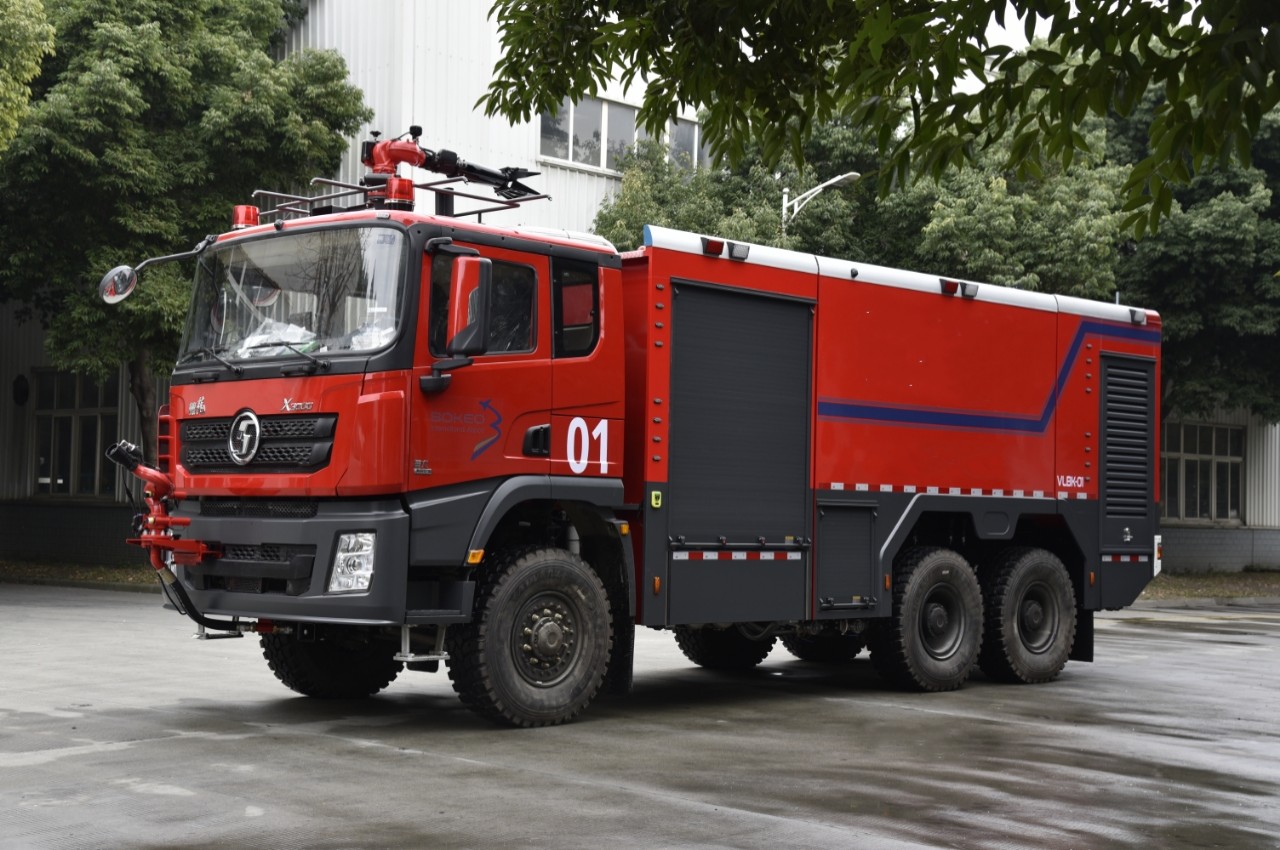
ARFF Apparatus Standards and Regulations
ARFF vehicles and operations are governed by international standards to ensure uniform safety measures across global airports. These regulations define vehicle specifications, response times, and operational procedures.
1. International Civil Aviation Organization (ICAO) Standards
- ICAO categorizes airports into different levels based on aircraft size and establishes minimum ARFF vehicle requirements.
- Requires response times of less than three minutes for major incidents.
2. Federal Aviation Administration (FAA) Regulations
- FAA Part 139 sets strict guidelines for ARFF vehicle deployment at U.S. airports.
- Defines training programs and operational readiness criteria.
3. National Fire Protection Association (NFPA) Guidelines
- NFPA 414 establishes technical requirements for ARFF vehicle construction and performance.
- NFPA 403 outlines operational protocols and firefighter training requirements.
Training and Personnel Requirements
ARFF personnel undergo specialized training to handle aviation-specific emergencies. Their training includes:
- Aircraft Fire Behavior: Understanding how aviation fuels, materials, and structures react to fire.
- Rescue and Extrication Techniques: Using hydraulic cutters, spreaders, and saws to access aircraft interiors.
- Live Fire Drills: Simulating real-world aircraft fire scenarios.
- Hazardous Material (HazMat) Training: Dealing with chemicals and dangerous cargo.
- Coordination with Air Traffic Control: Learning proper communication protocols.
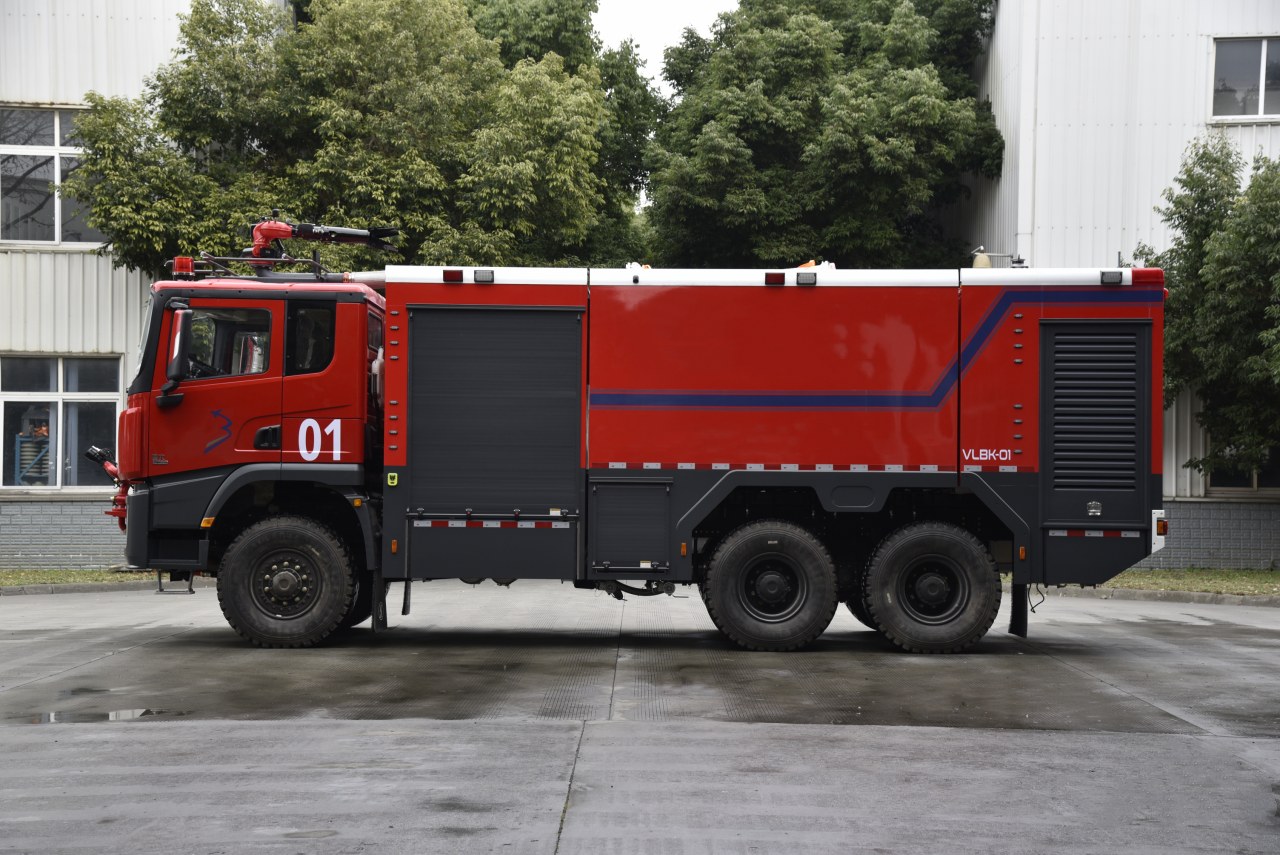
Advancements in ARFF Technology
Modern ARFF vehicles incorporate cutting-edge technology to improve firefighting efficiency and operational safety.
- Autonomous Firefighting Systems: AI-driven suppression controls enhance precision targeting.
- Remote-Controlled Nozzles: Allow operators to combat fires without direct exposure to flames.
- Thermal Imaging Cameras: Detect hidden fire hotspots within aircraft fuselages.
- Electric and Hybrid ARFF Vehicles: Environmentally friendly options with reduced emissions.
- Drone Integration: Aerial reconnaissance aids in situational awareness.
Conclusion
ARFF apparatus plays an essential role in safeguarding airports and ensuring rapid emergency response during aviation incidents. These highly specialized vehicles are designed to combat aircraft fires, perform rescues, and mitigate hazardous conditions efficiently. With continuous technological advancements and strict regulatory standards, ARFF units remain an indispensable component of global aviation safety. Understanding their capabilities and importance underscores the critical role they play in protecting lives and infrastructure in the aviation industry.
